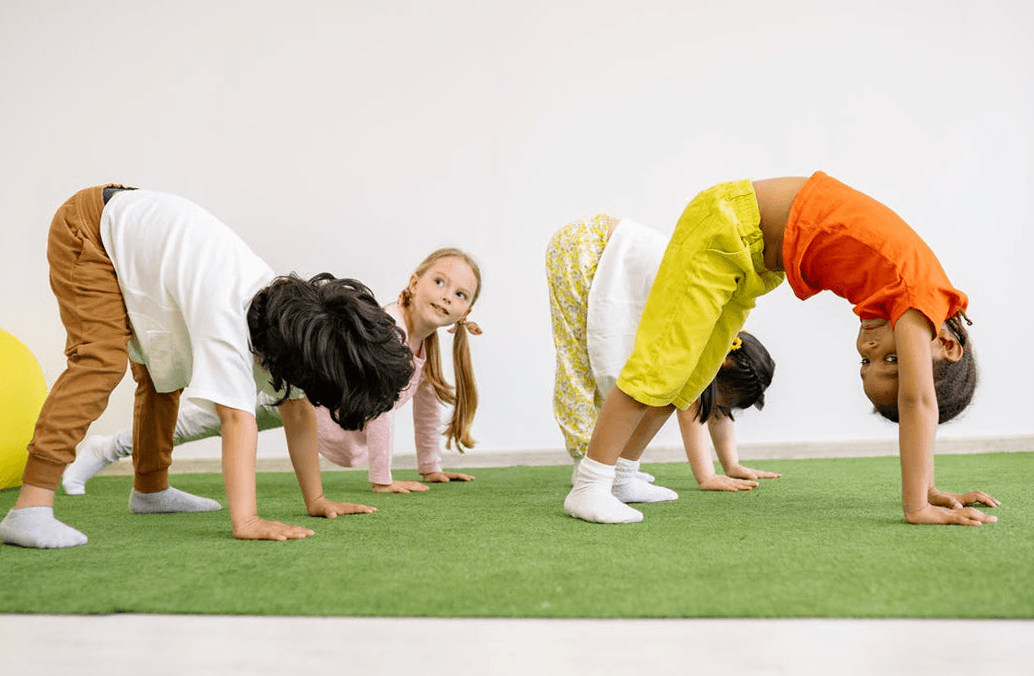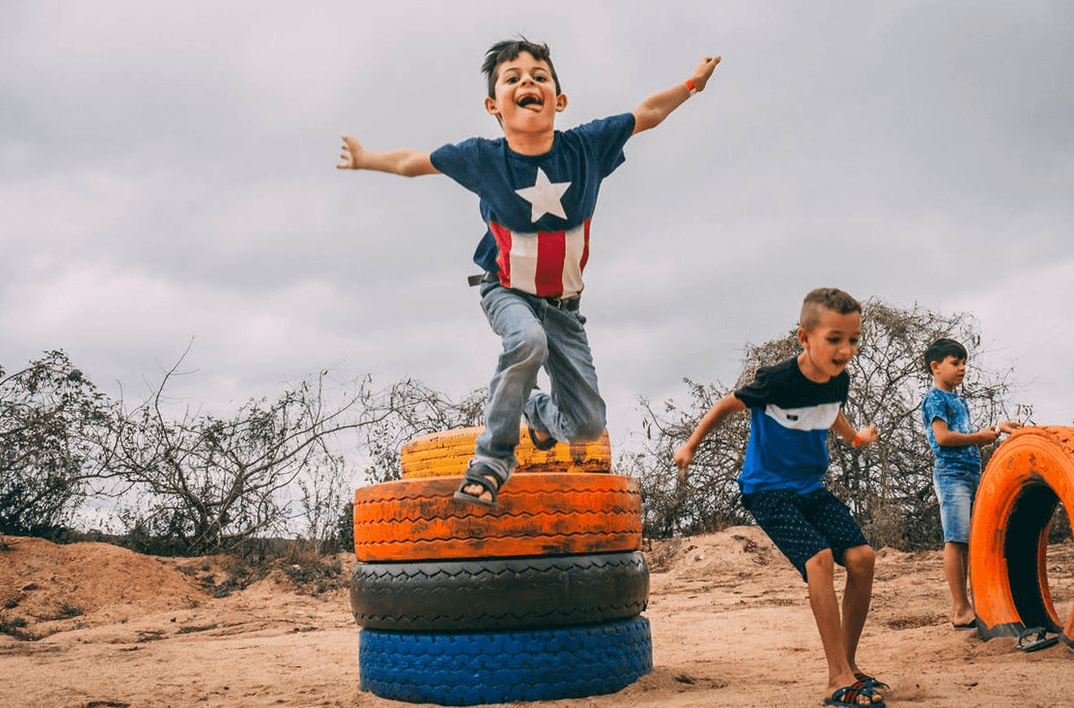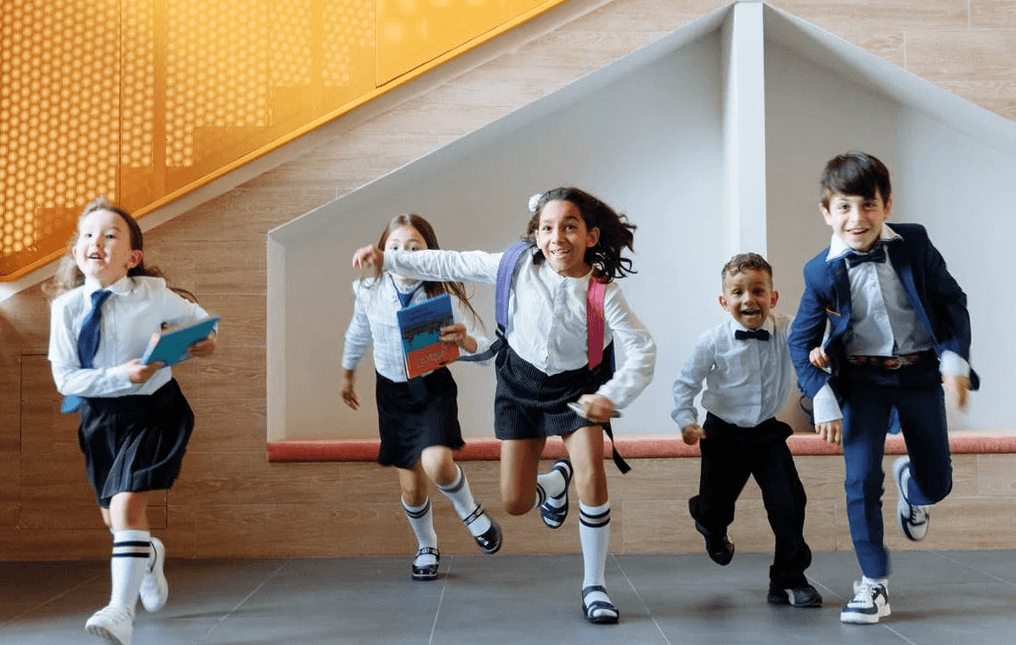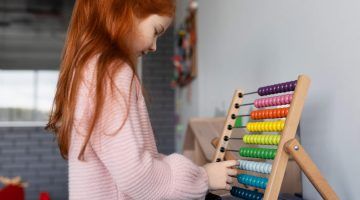Fun Movement Activities for Preschoolers
Updated on January 12, 2024
You must always keep your kid active, especially In the early stages of their growth. The easiest way to make sure that kids retain their motor and cognitive skills is to involve them in fun games or exercises. Creative movement activities for preschoolers will help children stay healthy; so, teachers and parents need to learn ways to make kids move.
What Are Movement Activities?
Movement activities are actions, games, or any kind of activity that requires the engagement of the body’s muscles to build coordination. You may think it is unnecessary to engage your kids in any activities because they already play too much. However, unlike traditional games, movement activities focus on specific results, just like exercises for adults.
Movement activities for preschoolers are essential for growth in early childhood. For instance, your day-to-day activities could count as if you were being active, mentally and otherwise. However, if you want to live a healthier life and improve your motor skills even as an adult, you should engage in exercises.
1:1 Math Lessons
Want to raise a genius? Start
learning Math with Brighterly
 Let’s start learning Math!
Let’s start learning Math!
Benefits of Movement Activities in Early Childhood
You may be wondering why you have to pay attention to movement activities when your child can barely talk. Here are three benefits of movement activities for preschoolers.
Physical development
Movement activities will positively affect a child’s physical development. On the contrary, staying inactive is counterproductive for children. Unfortunately, many parents try to keep their preschoolers away from any potentially challenging activity.
As loving as that action is, it also has drawbacks. The less time a toddler is being protected from challenging situations, the more resilient they become. So, create a space where your child can be physically active and encourage these physical movement activities by engaging in them together with your child.

Development of fine motor skills
Children do not just develop fine motor skills from thin air; they must first build gross motor skills. Engagement in movement activities will allow your child to develop those basic motor skills before progressing to fine motor skills. A child who cannot move their hands will hardly write legibly.
Improved concentration and retention
Children are easily distracted and often want to move around after sitting in a class for a while. If you keep them seated for a long time and focusing on a lesson only, their bodies begin to itch for an activity. When that happens, kids become distracted.
Introduction of movement activities to class routines helps re-energize and keep children focused on what you are teaching. Furthermore, physical activities boost kids’ cognitive and retentive abilities by improving their brainpower.
10 Movement Activities for Preschoolers

When we talk about movement activities for toddlers, you probably have a long list of fun activities that your child could try out. However, it is better to have specifics on what should work and what may be unnecessary. So, here are ten movement activities for preschoolers.
Rolling around
Use kids’ playfulness, like playing in the dirt or on the floor, as a movement activity. They should pretend to be wood logs and stretch their hands above their heads. With their arms outstretched over their heads, they should roll around in the grass and then put their hands by the sides and repeat the same action.
This movement activity exercises arms, neck, shoulders, and hip. It is excellent for coordinating the joints and building strengths. Another fun way to do this activity is to put a mat on the floor and ask a child to roll into the mat and then out of it multiple times.
What animal am I?
The animal movement activity promotes both mental and physical strength of children. Write the names of animals on cards and then pass the bowl around for kids to pick out animal names. Without showing the paper to the next person, each child has to act like the animal on the card.
To the best of their abilities, one group of children should replicate the mannerisms of these animals. The other kids have to guess which animal it is. It is a game that boosts children’s cognitive, physical, and mental abilities.
Hopscotch
There is hardly a better movement activity for preschoolers than hopscotch. Apart from being a game that teaches numbers and shapes, it is a great physical activity for children. While playing hopscotch, children learn to balance on one leg, building their core strength and eye-foot coordination.
Kids may tilt while standing on one leg. So, remember to stay there to keep them from falling while teaching them how to hold their balance on one foot. For emergencies, keep a band-aid and a first aid kit nearby because standing on one foot is risky, even for adults.
Freeze
Freeze is a chasing game that helps kids simultaneously build almost every muscle in their bodies. It is exciting, and a whole class or family can play it.
The rules are simple: someone calls for the chase to begin, everybody runs, and when a chaser catches up with you, you have to freeze. Until someone who is still running sets you free, you must remain frozen. This game builds strength and endurance and improves children’s cognitive abilities.
Balancing contests
Arrange your students in a line and have them stand on one foot for a few minutes. Watch them and note which student drops their other leg first and which ones hold on for the longest.
This activity helps kids build balance and core strength. As a parent, you can engage in this contest with your kid and occasionally lose intentionally to encourage them to keep playing.

Make and use a drum
“Make and use a drum” is one of the best music and movement activities for preschoolers. It involves using stickers to design and personalize random cans like drums and then beating them. Apart from being a music activity, this is one of the creative movement activities for preschoolers that you can try.
You can use rhythmic drumming to teach kids syllables and spellings by asking them to beat the drum through each syllable or letter as they spell or pronounce words. Alternatively, start by letting kids make a lot of noise by beating their drums randomly, then introduce a rhythm. At the end of this activity, children’s phonics ability will increase to differentiate between music and noise.
Rhyme and dance
Rhyming and singing poems have always been at the top of music activities for preschoolers. However, you can make it part of movement and music activities for preschoolers if you throw dancing into the mix.
While kids sing the Two Little Blackbirds, or the Black Sheep rhyme, create an exciting dance routine that they can follow during recitation. At the end of the activity, you would have achieved three essential things:
- Children would have remembered what you were trying to teach them with a rhyme.
- They would have gotten some physical activity to improve muscle and cognitive movements.
- They would benefit from the enhanced retention when you link physical activities to mental ones.
1:1 Math Lessons
Want to raise a genius? Start
learning Math with Brighterly
 Let’s start learning Math!
Let’s start learning Math!
Transition songs
Transition songs are great options of music and movement activities for preschoolers at home. These songs are the easiest ways to get kids to do anything. If you came to class barking instructions, you might not get them to listen.
Make a song out of every task you want kids to carry out, transitioning into the next to get their attention. A classic example of a transition song takes kids through the steps of brushing their teeth, combing their hair, etc. While singing this song, kids can breeze past different tasks in the morning excitedly.
Check out the Printable Math Worksheets for Preschoolers!
Dance party
You don’t need a special event for having a dance session with your kids. Put on your dancing shoes, choose some music, and encourage kids to dance with you often. These little ones need exercise as much as you do.
Dancing will improve their muscle mass, core strength, and create mood. If children like the song, you can turn your dance party into one of the regular movement activities for preschoolers with music.
Naming body parts while dancing
You probably know the famous nursery poem that requires preschoolers to chant “head, shoulder, knees, and toes” while touching those parts. But you may not know that it is one of the most widely used music movement activities for preschoolers.
This activity helps kids learn body parts, their locations, and their names. On the plus side, there is a lot of movement going on with the singing. So, your child would exercise and build physical flexibility while learning.
Conclusion
Putting your kindergarteners through movement activities for preschoolers helps them grow mentally and physically. Music movement activities for preschoolers are among the most exciting activities you can try out with your children. So, don’t hesitate as these games may give your preschooler the motivation they need for learning and an all-around improvement.










